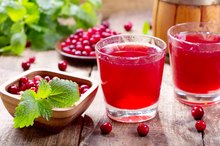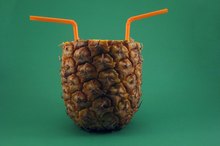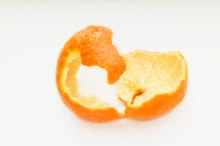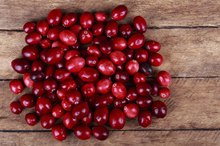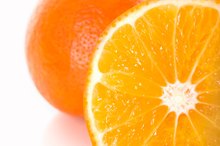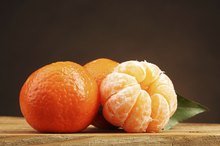What does fact checked mean?
At Healthfully, we strive to deliver objective content that is accurate and up-to-date. Our team periodically reviews articles in order to ensure content quality. The sources cited below consist of evidence from peer-reviewed journals, prominent medical organizations, academic associations, and government data.
- "Western Journal of Medicine"; Dietary Antioxidants, Cancer, and Atherosclerotic Heart Disease; D.L. Tribble and E. Frank; December 1994
- "Western Journal of Medicine"; Dietary Antioxidants, Cancer, and Atherosclerotic Heart Disease; D.L. Tribble and E. Frank; December 1994
The information contained on this site is for informational purposes only, and should not be used as a substitute for the advice of a professional health care provider. Please check with the appropriate physician regarding health questions and concerns. Although we strive to deliver accurate and up-to-date information, no guarantee to that effect is made.
What Are the Health Benefits of Citrus Pulp?
"Citrus" refers to a large genus of flowering plants that are cultivated globally for their fruit. Oranges, lemons, grapefruits, limes and tangerines have all been featured in diets and medicinal practices of various cultures since far back in history. Citrus fruits are often juiced, either mechanically or by hand; the result is a fibrous and nutritious byproduct called pulp that has numerous health benefits 2.
Vitamins
Citrus pulp is rich in vitamin C, which is a potent antioxidant that may help support numerous bodily systems. A study published in the journal "Epidemiology" found that vitamin C had an inverse effect on mortality for cancers and cardiovascular diseases. Citrus pulp also contains beta-carotene, which is converted by the body into vitamin A, as well as small amounts of vitamins B-1, B-2, B-3, B-5, B-6 and E.
Minerals
What Are the Benefits of Eating Limes?
Learn More
Citrus pulp contains high levels of calcium, magnesium, phosphorus and potassium, which may improve brain function, heart health and bone strength. Potassium also contributes to kidney function. Citrus fruit additionally provides small amounts of copper, iron, manganese and zinc. Lemons uniquely offer sodium, chlorine and sulphur.
- Citrus pulp contains high levels of calcium, magnesium, phosphorus and potassium, which may improve brain function, heart health and bone strength.
- Citrus fruit additionally provides small amounts of copper, iron, manganese and zinc.
Anti-Cancer Potential
The antioxidant action of vitamins C, A and E has been the center of much cancer research, and these vitamins have all shown potential for treating and preventing certain forms of cancer caused by free radical damage. Citrus pulp also contains flavonoids, limonoids and coumarins, chemicals produced by plants to protect themselves from viral, bacterial and fungal invasions.
Pectin
Cranberry Juice & the Herpes Virus
Learn More
The thick, fibrous attribute of pulp is derived from high concentrations of a dietary fiber called pectin. Pectin helps lower cholesterol, ease digestion and improve the removal of fat and harmful chemicals from the body.
Related Articles
References
- "Epidemiology"; Vitamin C Intake and Mortality among a Sample of the United States Population; J.E. Enstrom et al.; May 1992
- All About Juicing: Health Benefits of Citrus Fruits
- "Western Journal of Medicine"; Dietary Antioxidants, Cancer, and Atherosclerotic Heart Disease; D.L. Tribble and E. Frank; December 1994
Writer Bio
Jonathan Thompson is a personal trainer certified through the American Council on Exercise and has extensive experience working with clients as well as teaching. Thompson holds specializations in longevity nutrition and muscle management for runners. He began writing in 2004.

